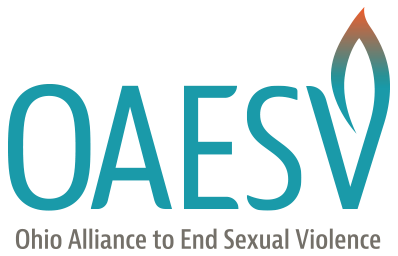Helplines
Having 24/7 confidential support available by phone is one of the easiest ways programs can offer continuing support to their communities without exposing anyone to possible infection. In times of crisis, survivors may be triggered by the sense of helplessness and powerlessness around the situation they feel. We also know that rates of sexual assault tend to increase in times of disaster. Here is a useful guide for running support lines and talks about why marketing your crisis line as a helpline may broaden who feels comfortable calling for help. You can access the helpline publication at http://www.resourcesharingproject.org/helplines
Internet-based Survivor Support
NNEDV’s SafetyNet Project has created a number of helpful tools for using technology to provide services. Several that they shared again recently include:
- How to Operate as a Remote Workplace During a Public Health Crisis
- Using Technology to Communicate with Survivors During a Public Health Crisis (find additional related resources in Digital Services Toolkit)
- Best Practices for Mobile Advocacy
- Choosing a Digital Services Platform
- Confidentiality Toolkit
- Digital Written Consent to Share Information
The Sexual Assault Demonstration Initiative also provides ideas for how to practice flexibility in meeting the varied needs of sexual assault survivors by throwing away the menu.
Telecommuting and Digital Services Best-Practice Resources
- Privacy Practices – NEW from Resource Sharing Project
- Telecommuting Proposal – NCASA
- RSP’s paper on Remote Supervision – Resource Sharing Project (RSP), offers practical advice and ideas for supervisors.
- Considerations for Remote Advocac – RSP
- Doxy Informed Consent – PCAR
- Digital Consent in the Age of COVID-19 – NSVRC
SAAM 2020 Ideas
As we are moving all of our work to remote or online spaces, local programs are needing to re-imagine what SAAM 2020 can look like. Creating spaces to gather with other survivors may take on increased importance this year as people are experiencing higher levels of isolation and disconnection due to shelter-in-place and physical distancing guidelines. To support local programs, OAESV has created SAAM Materials for online use and NSVRC shared strategies for virtual engagement during SAAM.
Some more virtual engagement ideas for SAAM:
- Interactive movie screenings using online platforms
- Social Media scavenger hunt
- Virtual trauma-informed yoga sessions
- Creating podcasts
- Hosting online/telephone bookclubs
- Creating care packages and doing letter-writing campaigns to survivors
- Writing survivor love letters
- Participating in taking Back the Night virtual events
- Facilitated self-care call-ins for college students
- Virtual 5k
- Facebook Live events
- #30daysofSAAM Instagram: https://www.nsvrc.org/30daysofsaam-2020-instagram-contest
- Recorded reading of statewide SAAM proclamations
- OAESV’s “Affirmation Coloring Cards” printed and colored or colored on tablets or devices
Other creative ideas you’ve heard of or imagined and want to share? Email our Communications Team at communicaitons@oaesv.org to share more ideas.
Title IX During COVID
- Guidance for Title IX Administrators During the COVID Pandemic – Equal Rights Advocates
- COVID-19 and It’s Effects on Title IX Investigations Webinar – End Rape on Campus (EROC) and It’s on Us, in partnership with Equal Rights Advocates and National Women’s Law Center
